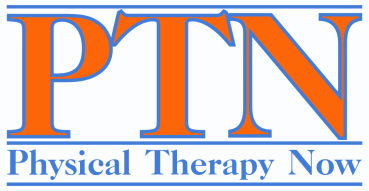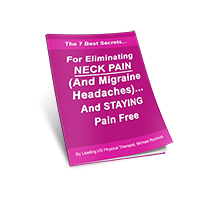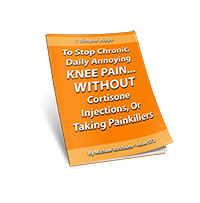
Many of our patients have an active lifestyle which may include upper level strengthening involving full body movements or “functional movements”. In our clinics the squat is considered a Stage 3 exercise for low back pain. Stage 3 exercises involve full body strengthening after issues such as pain and numbness, decreased lumbar range of motion, and initial spinal stabilization exercises have been resolved. This third stage is required to return an individual from the critical steps of basic rehabilitation to functioning in life. The body never contracts muscles alone or move joints without a coordinated sequence of neuromuscular events involving many body systems. So should you return to squatting after a lumbar injury? “YES.”
How should I start to squat?
You should never begin squatting without the help of a professional. In our clinics our specialists examine your form and teach you how to perform this activity properly. In fact, it may take years to master your squat. This exercise requires constant self-correction to avoid lumbar injury. You will also need to be evaluated for lumbar spine and lower extremity flexibility, joint motion, and lower body strength. If you would like to learn the proper way to squat with us click here.

Squatting should mimic the bio-mechanical motion of performing a sitting <->standing motion. A person’s center of gravity should fall upon the natural curves of the spine, hips, knees and ankles that were made to receive weight bearing activity. When pressure from a barbell or weight falls outside of these very special places then the body may take on stresses that tend to injure rather than provide anabolic activity.

When a person’s center of gravity is translated over their base of support at the bottom position of a squat then this exercise becomes highly productive to build strength and balance.
But what if I can’t even walk right because my low back pain is so bad?
Then you are not ready to squat. Period. If you are feeling any pain in your low back, numbness and tingling in the legs, or can not walk without low back pain then squatting should not be performed. You need to perform Stage 1 and Stage 2 rehabilitation with our physical therapists. These stages sometimes involve spinal mobilizations, specific flexibility, spinal range of motion and muscle training. If you would like to have a free 30 minute conversation about your specific condition and how we might be able to help you then click here.
If you would like to read a free book on the 14 best kept secrets to eliminating back pain and staying pain-free then Click Here




Very helpful post. The instructions and the exercises showed hereby are very helpful. Thank you for sharing.
You are very welcome. There are so many things that can be done to prevent the disruption of natural biomechanics of the shoulder. If you have any other questions or comments please don’t hesitate to ask.
Thank you for your tip to never squat without the help of a professional. I’ve been experiencing some lower back pain and I think I need a physical therapist. I’ll be sure to get help before doing some more squatting.
Hi Skylar, You are very welcome! If you need any our trainers and physical therapists at our locations specifically help our patients and clients with this everyday! Thanks!
Helpful post! Thanks for sharing this informative post with the readers and educating them about the back pain. I would like to share your tips with my brother as he is fitness reak but suffering from back pain from the past few days. Keep sharing!
Many people experience neck pain because of poor posture and muscle strain. In these cases, your neck pain should go away if you practice good posture and rest your neck muscles when they’re sore.
Thanks for the response Kevin,
I agree with the posture! Many neck problems are created by poor neck posture. Americans are definitely spending a ton of time working on laptops, gaming and on their phones for sometimes hours. Many are not aware of their poor posture until it’s too late to prevent neck pain and then a detrimental process to the neck is already occurring (Active acute pain phase). Unfortunately rest of strained neck muscles has not proven to be helpful in the recovery process and we certainly have not found this approach to be beneficial with our patients.
A more active approach of joint mobilization, internal cerivcal spine muscular strengthening, mobility, and neuromuscular sequencing is a better approach than rest in our opinion. When our patients rest they mask the problem with atrophy the internal spinal stabilizers of the cervical spine while simultaneously decreasing their full active range of motion.
Here is a blog post on the main causes of neck pain and how to defeat it: https://physicaltherapynow.net/2017/10/30/when-should-i-seek-help-for-my-neck-problem/
Thanks Kevin and stay safe and healthy!
I am in India 64 years old. I have low back pain for past one week. Today it seems reduced hence I did squatting with both arms perpendicular and the pain returns. Your post says should not try squatting till fully recover. Thank you for your post and video. My Ortho doctor after checking told me it’s only spasm and prescribed medication for 5 days. I will try your physio postures after fully recover. Thq.